Quiñón de Valmira 2021
Descrizione
Un vino di Álvaro Palacios fatto nella sua Rioja natale che continua a sfiorare i 100 punti Parker in questa annata. Giovane, con un sacco di equilibrio, concentrazione e finezza. Forse siamo davanti al miglior Quiñón de Valmira di sempre.
Dettagli del prodotto
Degustazione
Vigna e preparazione
Recensioni degli esperti
I was eager to taste the 2021 Quiñón de Valmira, which I had tasted as a very young sample one year before it was bottled. It was very promising then, and 2021 is revealing itself as one of the finest vintages in recent years in Rioja. It has a floral and perfumed nose, with high-pitched raspberry and violet notes, a hint of exotic spices (curry) and has a savory feeling to it. It has terrific balance, very fine tannins, perfect ripeness and harmony, combining elegance and power while feeling light on its feet. Another superb showing of Valmira, which states on the label the Viñedo Singular moniker. It's 85% Garnacha and 15% other traditional varieties, with 14% a pH of 3.46 and 5.5 grams of acidity. It was fermented in oak vat and matured in oak foudre for 12 months. 4,497 bottles produced. It was bottled the February 17, 2023. - Luis Gutiérrez.
Such an expressive and attractive nose that opens up and talks to you directly, with tangy white pepper spices and Mezcal-like herbs. Agile and alluring, but harmonious, too. Pure raspberries, strawberries, fresh herbs, pomegranate and flowers. Elegant and soulful, full of juicy red berry flavors with a light yet quintessential, medium-bodied palate, rounded by chalky, minerally-textured tannins. Long, linear and full of energy and clarity. Ethereal and weightless. Already delicious, but will hold very well, too. Exciting drinkability. - Zekun Shuai. Senior Editor
"I sell a lot of wine in Beaune," says Álvaro Palacios and you can see why Burgundians would appreciate a wine like this cuvée of Garnacha with 15% co-planted varieties from the Monte Yerga. Fermented with 60% whole bunches, it's even better than the 2020, with bramble, black cherry and redcurrant flavours, garrigue aromas, subtle wood and remarkable underlying structure. Elegant and fresh with ethereal finesse. 2025-35
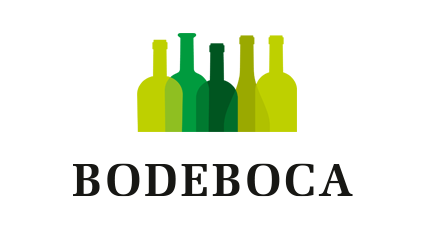
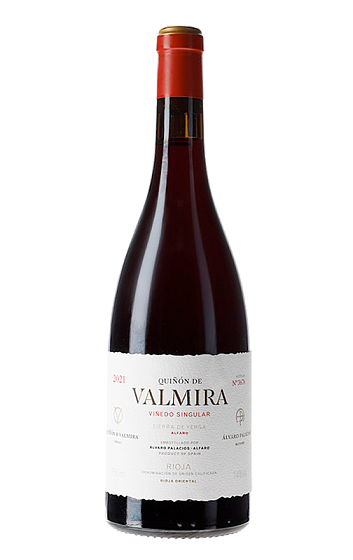


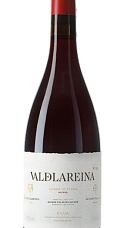
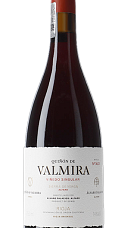
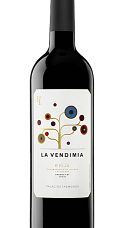
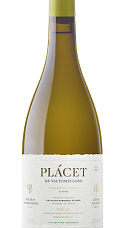
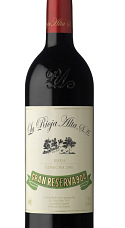
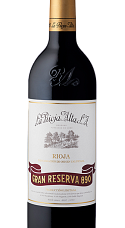
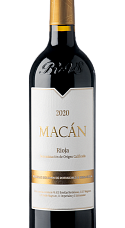
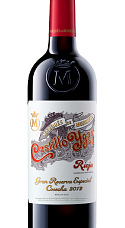


Annate: 2023 2022 2021
Questa annata non è ancora stata recensita. Utilizza la navigazione qui sotto per vedere le recensioni delle annate precedenti.
Questa annata non è ancora stata recensita. Utilizza la navigazione qui sotto per vedere le recensioni delle annate precedenti.
Questa annata non è ancora stata recensita. Utilizza la navigazione qui sotto per vedere le recensioni delle annate precedenti.